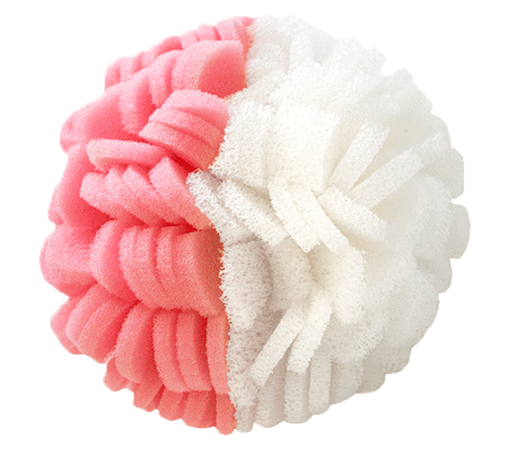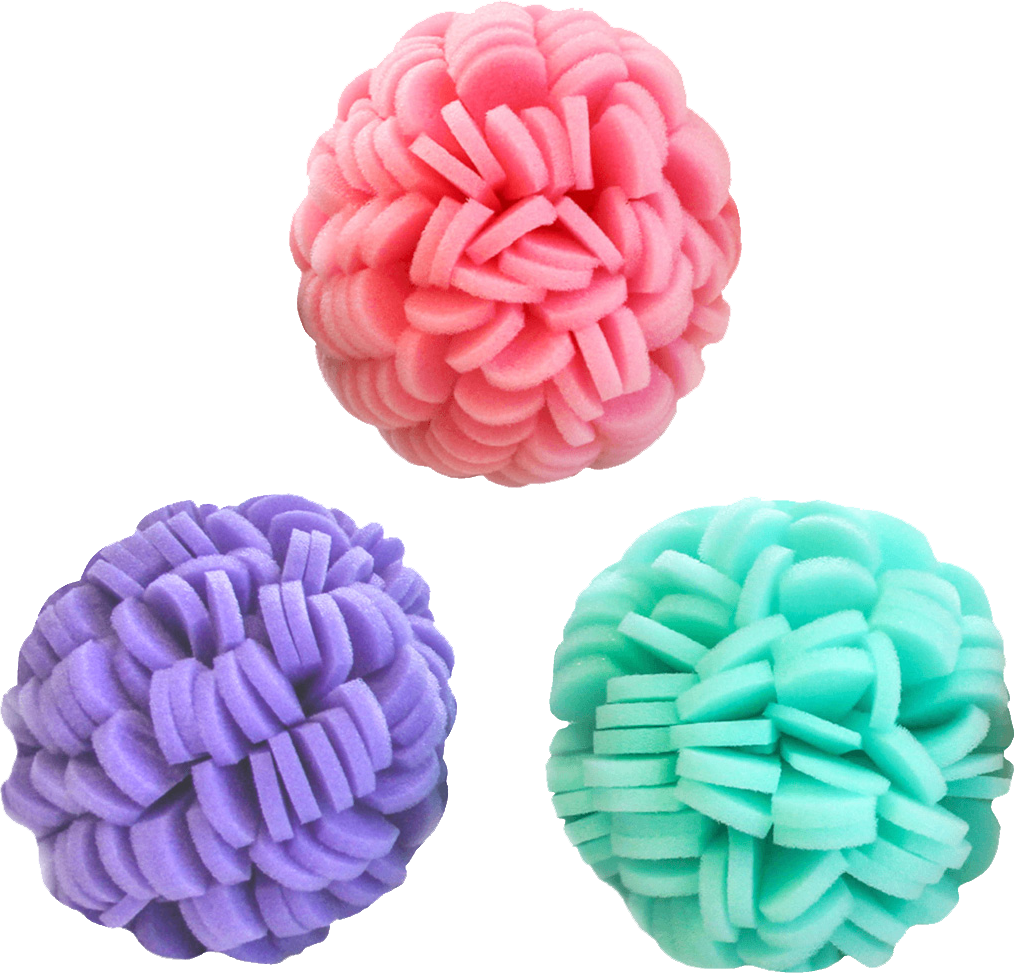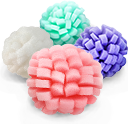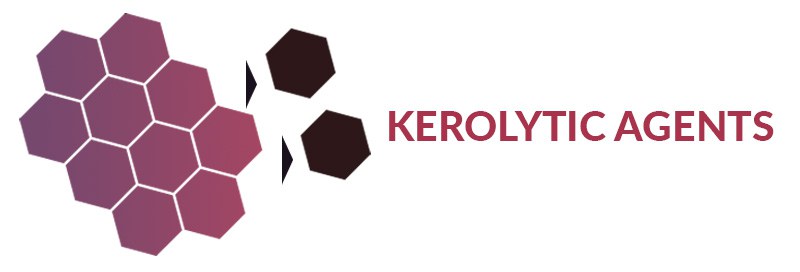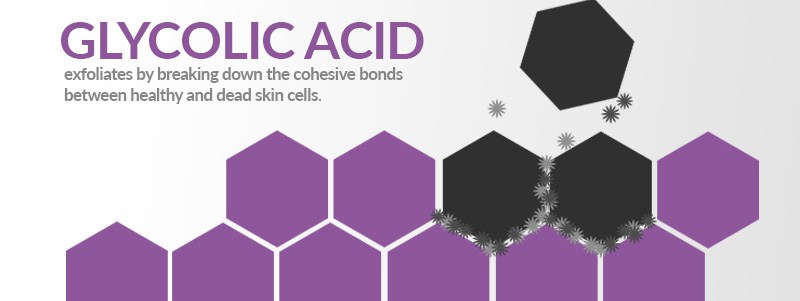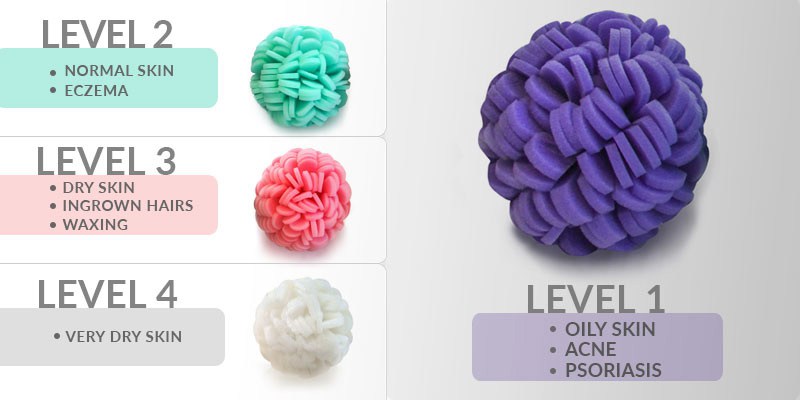Acne can be a pretty difficult condition to treat, especially when you are dealing with a long-term or severe series of breakouts. But did you know that some of the most powerful keratolytic ingredients (like salicylic acid and glycolic acid) are actually pretty effective when it comes to treating acne? If you are looking for a two-in-one product that can both exfoliate your skin and zap zits, then you may want to look for products containing the following ingredients:
Retinoids
Retinoids are known for being potent exfoliative ingredients, but their prowess in eliminating breakouts is much better-known. For example, the retinoid tretinoin has repeatedly shown an aptitude in treating both inflammatory and noninflammatory acne when applied as a gel and gel microsphere. Another perk of using topical tretinoin is that few users experience adverse side effects when using this treatment, and even then the symptoms usually aren’t bad enough that treatment should be suspended (Cutis). It is believed that tretinoin’s acne-fighting effects are due in part to its anti-inflammatory capabilities and ability to encourage epithelial desquamation, which in turns limits the chance of obstruction in the pilosebaceous unit (the hair follicle and sebaceous gland) (American Family Physician). Even better, retinoic acid used in combination with glycolic acid was found to greatly improve acne scarring and was generally well-tolerated by users in a study published in the Indian Dermatology Online Journal, suggesting that retinoic acid can both treat scars and prevent against further acne-induced discoloration.
Glycolic Acid
Few ingredients can compete against the skincare powerhouse that is glycolic acid. Not only does this peel exfoliate away dead skin cells, but it can also help to treat a variety of acnes, including polymorphic acne and papulopustular acne. For example, glycolic acid peels were found to improve nodular-cystic acne breakouts, which are among the most difficult types of acne to treat. However, it should be noted that more severe forms of acne typically require numerous glycolic acid peels (at least eight to ten) before noteworthy results appear (La Tunisie Medicale, Journal of the European Academy of Dermatology and Venereology). Additionally, when used in 70% concentrations and administered at least six times, glycolic acid peels have demonstrated prowess in treating atrophic acne scars (International Journal of Dermatology).
Salicylic Acid
Not only is salicylic acid one of the best keratolytic ingredients in dermatology, but it is also quite useful in terms of treating breakouts. For example, research published in the Journal of Dermatological Treatment found that pads containing 2% salicylic acid improved mild to moderate acne lesions over a 12-week session. Additionally, topically-applied salicylic acid is believed to be better than benzoyl peroxide in terms of treating acne, but far less irritating, thereby suggesting that salicylic acid may replace benzoyl peroxide as the go-to acne treatment. For example, research published in Clinical Therapy found that a 2% salicylic acid acne wash improved the number of acne lesions in experimental participants, whereas those participants who first used a salicylic acid wash and then used a 10% benzoyl peroxide acne wash saw their acne worsen (Clinical Therapy, Clinical Therapy).
Bottom Line
When it comes to acne, there are numerous treatments available. However, if you are looking for a treatment which can both exfoliate your skin and kick comedones to the curb, then you may want to try using products containing retinoids, salicylic acid, or glycolic acid. For added benefit, you would likely benefit from using our ViaBuff Level 1 Exfoliating Buff, which was designed specifically to exfoliate acne-ridden, oily, and psoriatic skin.

